What Every Pet Parent Should Know About Crating
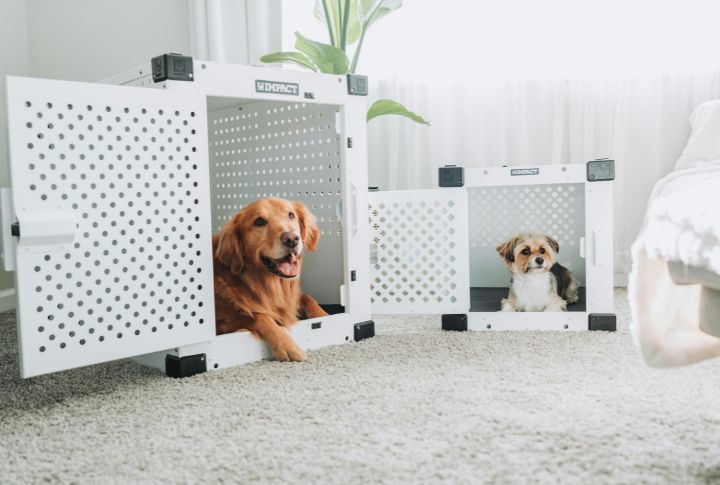
If you’re considering crate training, there’s more to it than just picking a crate and calling it a day. With the right approach, it can be a positive experience for both you and your pup. This article covers essential tips, from choosing the right crate size to proper training techniques and common mistakes to avoid. However, crates aren’t a substitute for supervision or interaction. If your dog appears stressed or anxious, consult a veterinarian or trainer for guidance.
Choosing The Right Size Crate
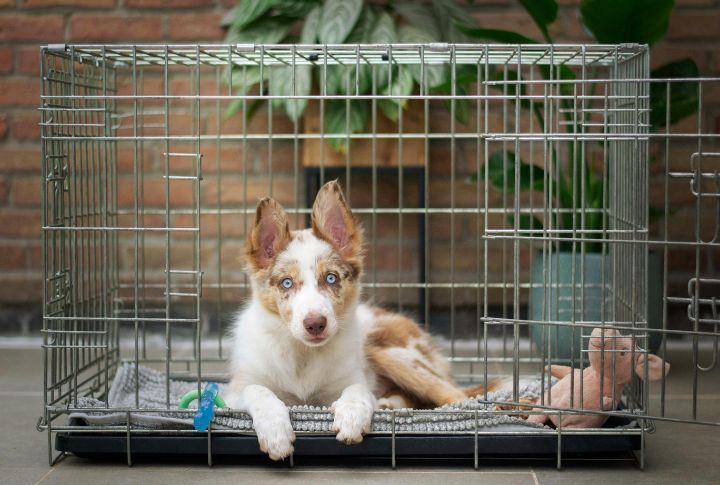
A crate should be just the right size for your dog to stand, turn around, and lie down comfortably without feeling cramped. If the crate is too small, it can cause discomfort and stress, leading to frustration or even physical issues. Many crates come with adjustable dividers, making it easy to modify the space as your puppy grows.
Crating Is Not For Punishment
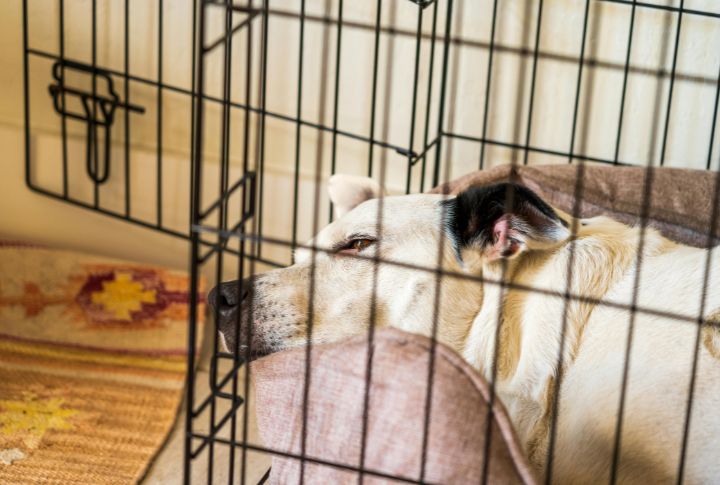
Using a crate as punishment creates a negative association, which can lead to anxiety and resistance toward the crate. Dogs thrive on positive reinforcement, so making the crate a welcoming and safe space rather than a place of discipline is essential. Instead, the crate should be associated with comfort and rewards.
Crating During Travel For Safety

If you’re traveling with your dog, using a crate can keep them safe and reduce driving distractions. An adequately secured crate ensures a smoother, safer trip for you and your pet. It also provides a sense of security, which can be especially helpful for dogs unfamiliar with car rides or prone to travel anxiety.
Proper Crate Training Techniques
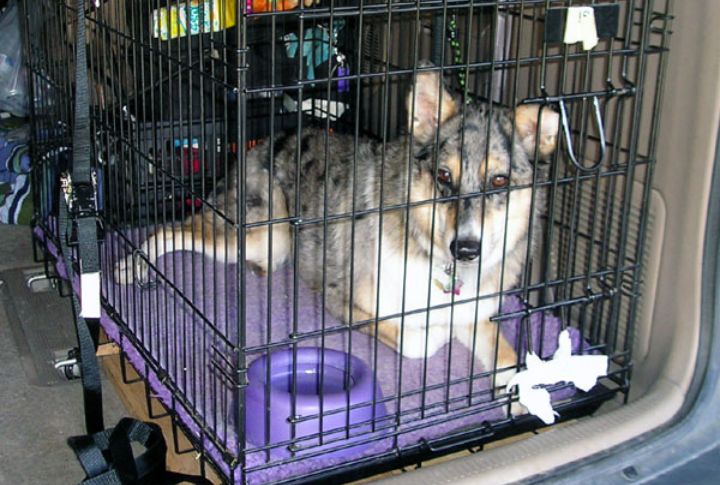
Start crate training gradually with short sessions and gradually increase the time. Treats and positive reinforcement will make your dog feel secure and comfortable. This approach helps establish the crate as a pleasant space rather than one of confinement. Also, remember to be patient and go at your dog’s pace to ensure a stress-free experience.
Crating For Puppies Vs. Adult Dogs
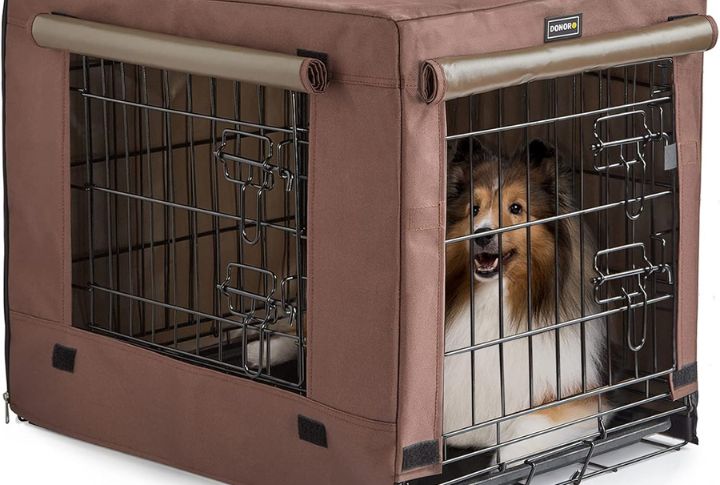
Puppies need shorter crate sessions and more frequent bathroom breaks than adult dogs. Therefore, a good rule is to crate them for their age in months plus one hour. For instance, at 2–3 months, daytime crating should be limited to 2–3 hours with frequent potty breaks. However, constantly monitor their behavior and adjust to prevent stress and accidents.
Gradual Crate Time Adjustments Are Key

Sudden, long crating sessions can overwhelm a dog, making them associate the crate with isolation rather than security. Gradually increasing crate time while incorporating play and interaction prevents negative associations. This slow adjustment helps dogs view their crate as a safe retreat rather than a restrictive space.
Comfortable Bedding Enhances The Crate Experience
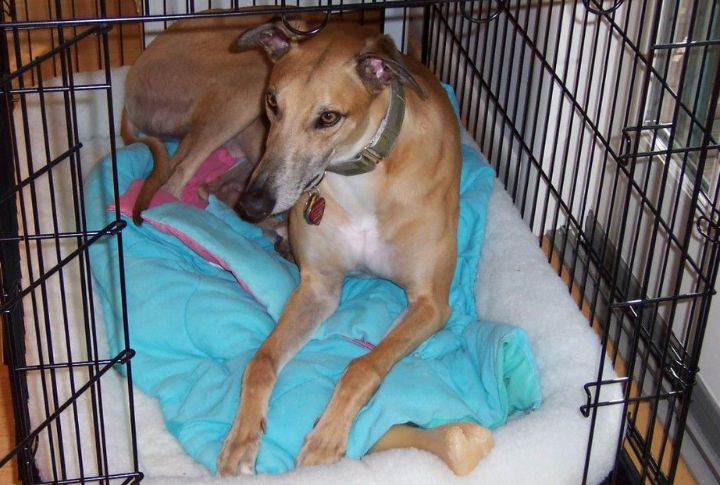
Washable bedding is a practical choice, as it helps maintain a clean and sanitary space for your dog while minimizing odors and mess. Soft bedding can enhance comfort, support joints, and encourage relaxation, especially for puppies or older dogs. With the right bedding, the crate becomes a cozy haven that promotes a sense of security.
Crate Training Helps With Housebreaking
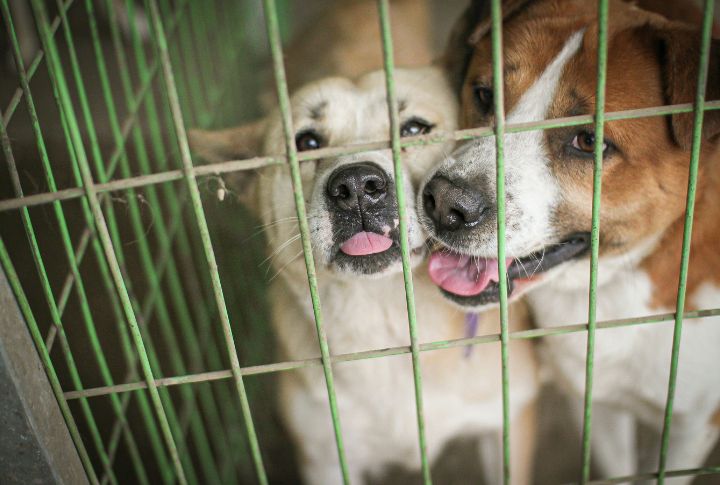
Crating is essential for housebreaking, as it takes advantage of a dog’s instinct to avoid soiling their sleeping area. When used properly, it teaches dogs to control their bladder and establish a consistent bathroom schedule. This method speeds up potty training by preventing accidents and teaching them to associate outdoor trips with relieving themselves.
When Not To Crate Your Dog

If you have an older or ill dog, crating might not be the most suitable option because it can cause unnecessary stress or discomfort. In these cases, it’s often better to provide an enclosed space, such as a quiet room, where the dog can relax without feeling restricted. The purpose of this is to allow more effortless movement and better comfort.
Crating Helps Prevent Destructive Behavior

When left unsupervised, dogs often become little mischief-makers, gnawing on furniture legs or turning pillows into confetti. Crating is like giving them a personal clubhouse—it keeps them out of trouble by limiting access to destructive areas while ensuring their safety when you’re not there to keep an eye on them.





